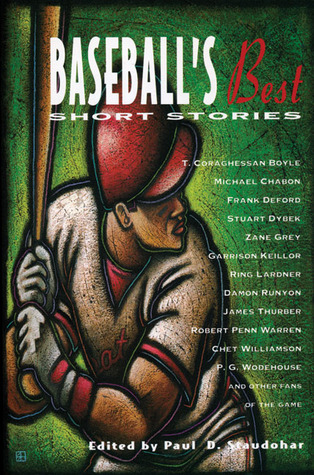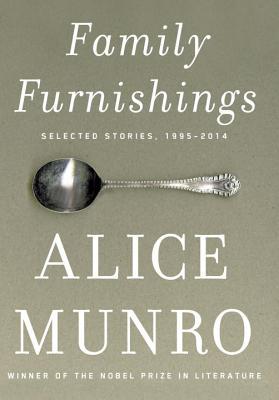
I miss my friend. But I still have the story that he gave me, that he whispered in my ear, that we told together, the one we whispered into your ear, and that is going to carry on. If I were a mystic, Clarence’s and my friendship would lead me to believe that we must have stood together in other, older times, along other rivers, in other cities, in other fields, doing our modest version of God’s work.
Bruce Springsteen fills his autobiography Born to Run with gem-like paragraphs as the one above in which he reflects on the death of his renown saxophonist, Clarence Clemons. Many reviews have already commented on the lyrical quality contained in much of the book but I would be remiss if I didn’t shout out a hardy “agree” in my own post.
It has been a while since I’ve read a rock bio and I don’t think I’ve reviewed one since I’ve been blogging. I evaluate rock bios on three categories: sex, drugs, rock and roll.
Sex: While making no profession of sainthood, Springsteen makes a point to say that his sex life was by no means that of the stereotypical rock star. He procedes to provide very few details. Given that I’m rarely interested in anyone’s conquests/escapades in this area, I found this refreshing.
Drugs: According to Springsteen, he never did any. If that’s true, maybe that’s why he is still able to play 4 hour concerts while getting close to age 70.
Rock and Roll: And of course that brings us to the rest of the book. The story I’m interested in hearing about and the story Springsteen is interested in telling. His relationship with the E Street Band, not without its ups and downs, appears to be a congenial one even while he makes no bones about the fact that he was indeed “The Boss”. He considers himself a benevolent dictator. The ins and outs of the music he wrote and created with these people and where the ideas for his albums came from never ceased to fascinate me.
One of the more minor and amusing anecdotes that I’m still thinking about involved Springsteen and a buddy taking one of many road trips from New Jersey to California. Apparently, the buddy was getting over a relationship and spent the first part of the trip riding shotgun hugging a giant teddy bear. Springsteen eventually pulled over and wrestled the bear away from the buddy telling him he was ruining their “Kerouac On The Road mojo.”
On one personal note, I admit I didn’t really “discover” Springsteen until I was around 40. Yes, as an older teen I was definitely aware of his music from his juggernaut album Born in the USA. It wasn’t until decades later that I went back and listened to his follow up to that album, Tunnel of Love. I was amazed at how a rock star could lyrically portray so well the frightening and blissful messiness that is marriage. After that, I went back and listened to all of his albums. The characters he created and the stories he told in his music meshed with my enjoyment of literature like few other musicians have (Bob Dylan and Johnny Cash are two others).
On another personal and literary note, when I found out Springsteen considers Flannery O’Connor a major influence, it didn’t come as a surprise. On the one hand, Springsteen was raised Catholic and his lyrics are filled with Biblical and Catholic imagery just like O’Connor. On another hand, so many of the characters in Springsteen’s stories are people in need of redemption, some finding it and some not – just like O’Connor’s stories. And finally, not being Catholic myself, I’ve struggled to explain why I chose Catholicism as a topic for my 2016 Deal Me In short story project. When Springsteen discusses his Catholic influence, he hits on something that at least comes close to the reason for my intrigue with stories and authors from a Catholic background:
I came to ruefully and bemusedly understand that once you’re a Catholic, you’re always a Catholic. So I stopped kidding myself. I don’t often participate in my religion but I know somewhere…deep inside…I’m still on the team.
This was the world where I found the beginnings of my song. In Catholicism, there existed the poetry, danger and darkness that reflected my imagination and my inner self. I found a land of great and harsh beauty, of fantastic stories, of unimaginable punishment and infinite reward. It was a glorious and pathetic place I was either shaped for or fit right into. It has walked alongside me as a waking dream my whole life. So as a young adult I tried to make sense of it. I tried to meet its challenge for the very reasons that there are souls to lose and a kingdom of love to be gained. I laid what I’d absorbed across the hardscrabble lives of my family, friends and neighbors. I turned it into something I could grapple with, understand, something I could even find faith in. As funny as it sounds, I have a “personal” relationship with Jesus. He remains one of my fathers, though as with my own father, I no longer believe in his godly power. I believe deeply in his love, his ability to save…but not to damn…enough of that.






